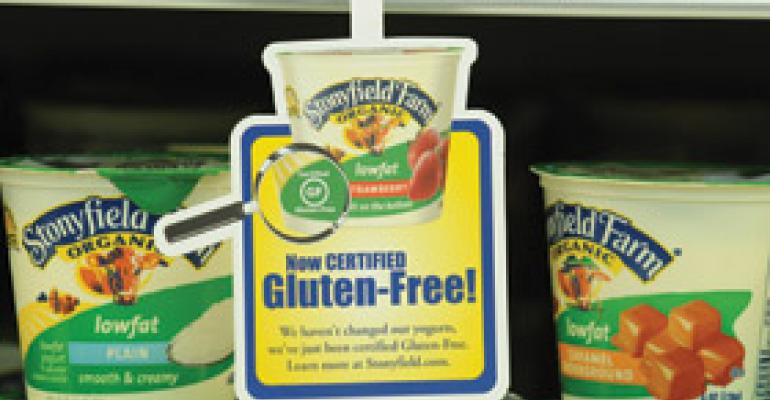Now in its second year, the Go Gluten Free Challenge features a website with comments, many of which sound like this: “I've been about 80% GF for about 8 months now … still striving for 100%. My body feels so much better off the stuff.”

Remarks like that are the fuel powering the gluten-free category, which is now worth $2.6 billion, according to Packaged Facts. Sales have more than doubled since 2006, and the research firm predicts sales will double again by 2015, to $5.5 billion.
Yet, the number of consumers who are diagnosed with celiac disease or medical, non-celiac gluten intolerance has remained relatively stable. Experts attribute the skyrocketing sales to a whole subset of shoppers who have adopted gluten-free for reasons as varied as weight control and asthma relief. The cure-all fervor is causing industry analysts to wonder if the whole category is a bubble.
“There's just not enough people who suffer from gluten intolerance and celiac disease to support the category in the long term,” said Melissa Abbott, director of culinary insights at the Hartman Group, Seattle.
Hartman's research found that gluten-free has entered the “fad dieting” stage and, while there will always be a number of core consumers, the so-called “dieters and dabblers” will abandon the category once they realize the perceived health benefits they were seeking are no longer evident.
“I think we will see those people who are following gluten-free because they think it's a healthy diet for weight loss and things like that, those people are going to go away,” agreed Cynthia Kupper, executive director of the Gluten Intolerance Group, Auburn, Wash. “But I don't know that we've hit the peak of the gluten-intolerant consumer.”
All is not lost if a bubble exists. Should it burst, the knowledge acquired by even casual adopters will manifest itself in other, deeper ways. Hartman research hints that those who embraced a gluten-free lifestyle might become better at reading food labels in general, or more likely to incorporate alternative, “novel” grains like aramanth and quinoa. They also might accelerate the adoption of non-wheat-based, global cuisines like Indian or Asian, “the kinds of things that are going to have much longer-term footholds in food culture,” said Abbott.





